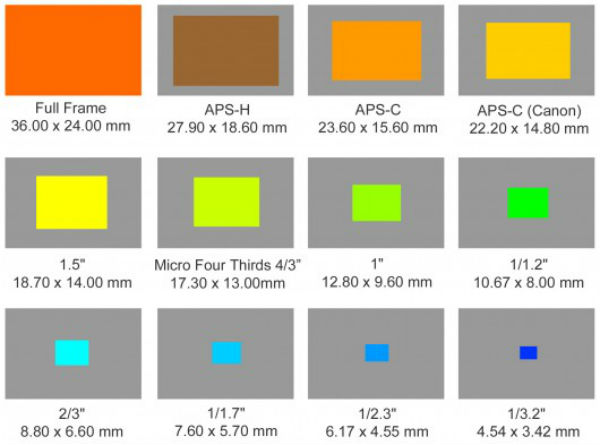Originally posted by WTFH
View Post
the smaller the format then the greater depth of field but less depth of focus hence better suited to macro.
Depth of field vs depth of focus Depth of focus - Wikipedia











Leave a comment: